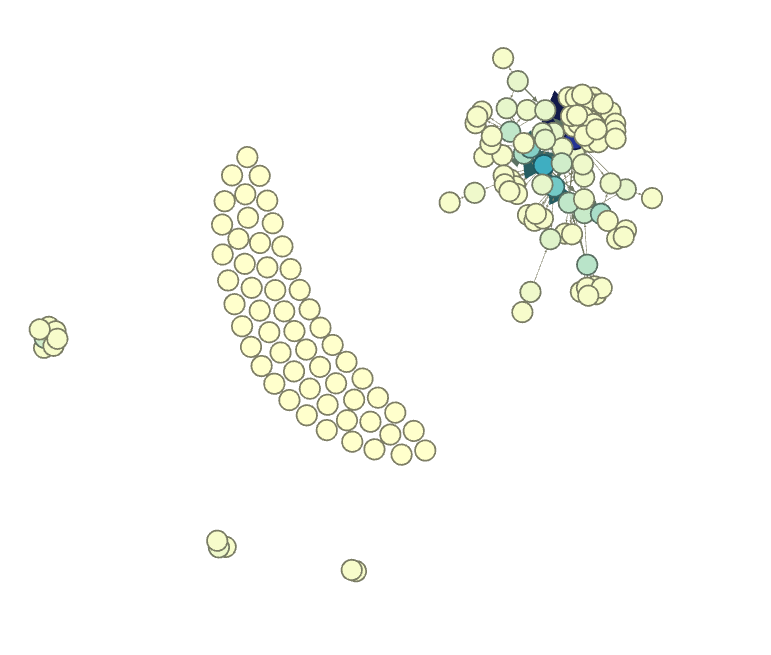DALMOOC episode 8: Bureau of pre-learning

I see a lot of WTF behavior from learners. This is bad... or is it? Oh hey! It's week 6 in DALMOOC and I am actually "on time" this time! Even if I weren't it's perfectly OK since there are cohorts starting all throughout the duration of the MOOC (or so I suspect), so whoever is reading this: Hello! This week the topic of DALMOOC is looking at behavior detectors (types of prediction models). Behavior detection is a type of model (or types of models) that we can infer from the data collected in the system, or set of systems, that we discussed in previous weeks (like the LMS for example). Some of these are behaviors like off-task behavior such as playing candy crush during class or doodling when you're supposed to be solving for x . Other behaviors are gaming the system, disengaged behaviors, careless errors, and WTF behaviors (without thinking fastidiously? or...work time fun? you decide ;-) ). WTF behavior is working on the system but not the task ...





